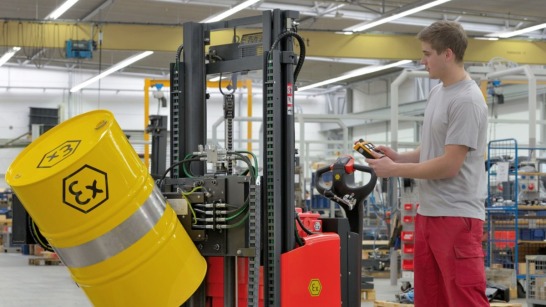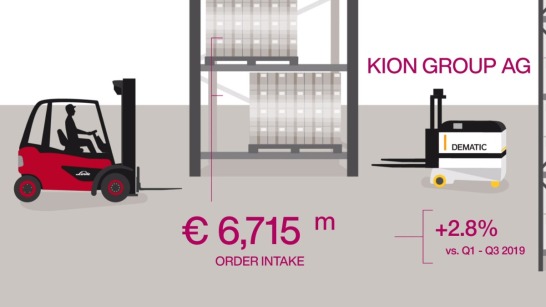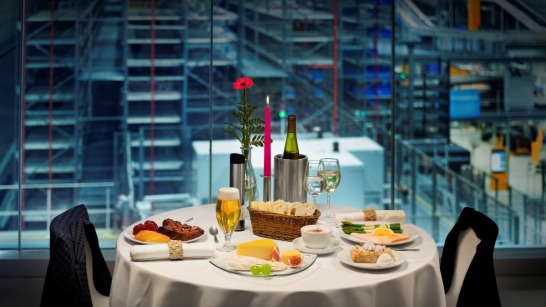It was 4.35 a.m. on September 4, 2010 when Christchurch was rocked by an earthquake. Measuring 7.3 on the Richter scale, the quake was so strong that the shockwaves were felt across the whole of New Zealand’s South Island. In the city the ground shook, countless buildings and roads were severely damaged, and power and mobile communications networks went down. But mercifully, not a single one of the 400,000 or so residents – many of whom fled their homes or workplaces – lost their lives that morning.
What seems almost like a miracle is in fact the result of strict precautionary measures. Ever since 1855, when the capital city of Wellington was flattened by a powerful earthquake, New Zealand has had quake-proof building regulations in place. So although many buildings were damaged by the earthquake in 2010, none collapsed completely. This was a key reason why the lives of a great many people were saved that day. But these highly effective preventive measures are not just restricted to residential buildings. They also apply to the planning of warehouses and distribution centers, which present their own particular challenges.
Experienced partner for disaster-proof intralogistics
When New Zealand’s biggest food and liquor retailer, Foodstuffs, was planning a new distribution center near Christchurch in 2012, it relied on the expertise of KION subsidiary Dematic. To ensure seamless supply to the most important supermarket chains on the South Island, the supply-chain specialists designed and built an automated order fulfillment system in the 46,000m² warehouse – including the earthquake-proof Dematic Colby Protect-a-RACK pallet racking system. “As well as supplying our new racking, Dematic also provided us with invaluable advice about how the location of pallets of different weights throughout the racking can affect the performance of storage systems during a seismic event,” says Kris Lancaster, Logistics Operations Manager at Foodstuffs South Island Ltd. An intelligent strategy for weight distribution across the various levels significantly reduced rocking, and the distribution center’s internal processes have been on a solid footing – literally – thanks to Dematic ever since.
It is not only Foodstuffs that has benefited from Dematic’s expertise: Less than two kilometers away is the central warehouse of supermarket chain Countdown. The powerful quake in 2010 brought more than a third of its racking down. “You can’t begin to imagine the mess the DCs were in afterwards, especially our liquor DC, which had a veritable river of grog streaming out of the receiving and dispatch docks,” says Denva Galloway, Logistics Manager at the Countdown Regional Distribution Center. The Dematic ColbyRACK pallet racking system proved to be the perfect solution here, too: “We’ve experienced literally thousands of aftershocks since Dematic installed our new pallet racking, and the ColbyRACK system has withstood them all efficiently.” Galloway says it is interesting to see how the racking system sways back and forth in a controlled way when an aftershock hits, adding that since the new system was introduced, not one single box has fallen from the racking – at least not during an earthquake.




